Dr. Shamir Yeger attended the EUSTORY Annual Network Meeting in Warsaw where he presented “Mission Possible”, a history learning program he co-created with Sparks Consulting Group. The program brings together Jewish and Arab teachers and students in Israel to meet in Foretell Reality and discuss different historical perspectives.

The curriculum makes a unique use of VR as students from different religious and cultural backgrounds customize their avatars, and play games in immersive settings before they examine together 360-degree pictures of sites with historical significance to both groups – like in Old Jaffa and Ramla.

The students learn how to evaluate historical continuity and change, discuss a range of personal perspectives, and think about the ethical dimension of historical facts and places. By using Foretell Reality tools, teachers and students who usually do not meet have a virtual field trip together where they learn from each other’s point of view without the typical pre-judgment that is usually driven by stereotypes, stigma, and geolocation.
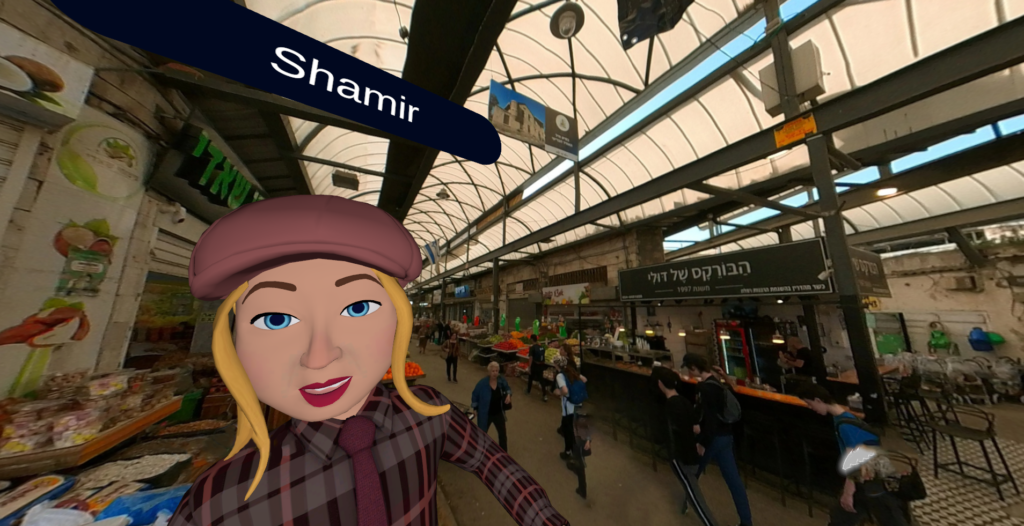


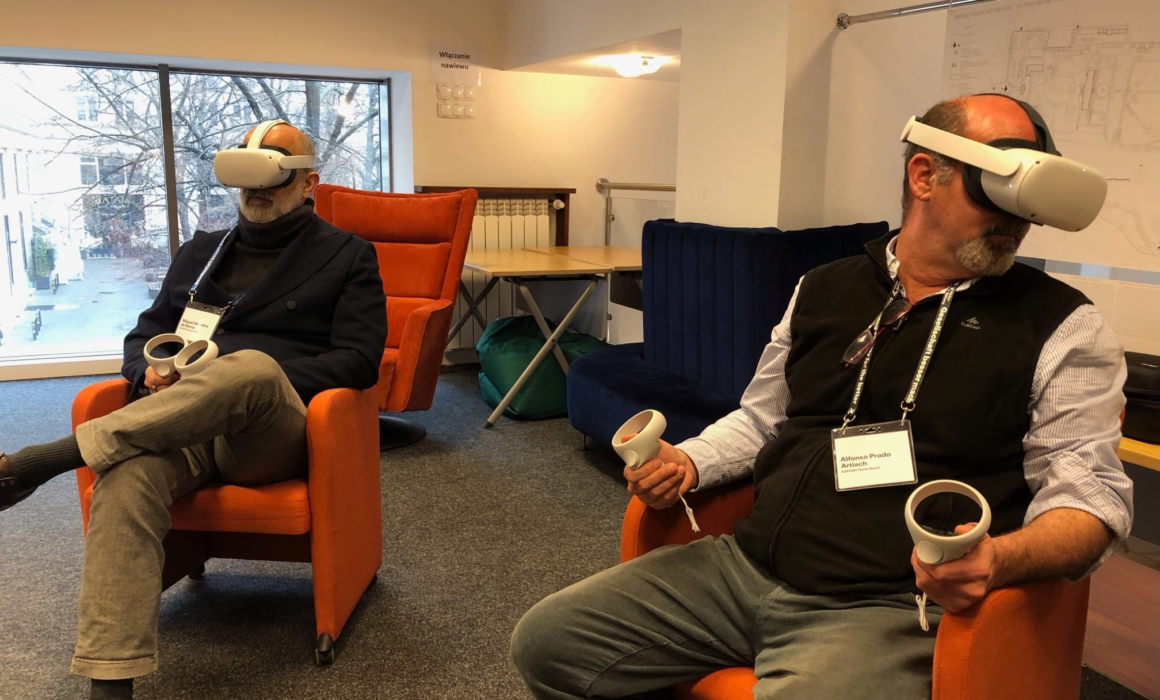
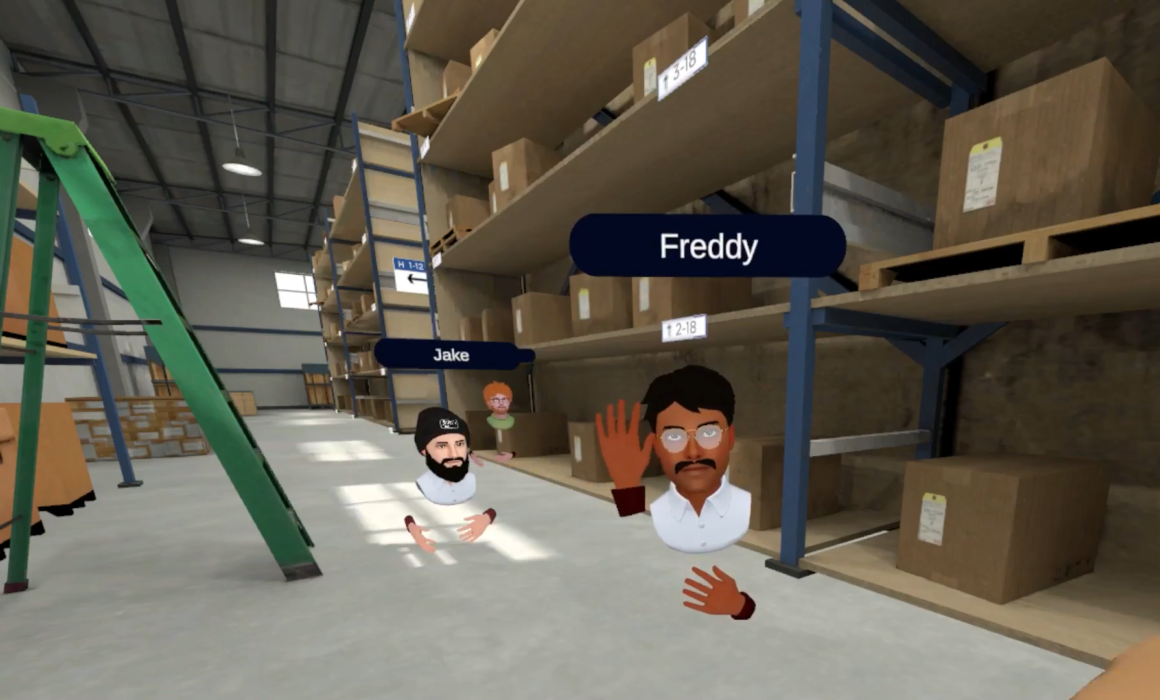
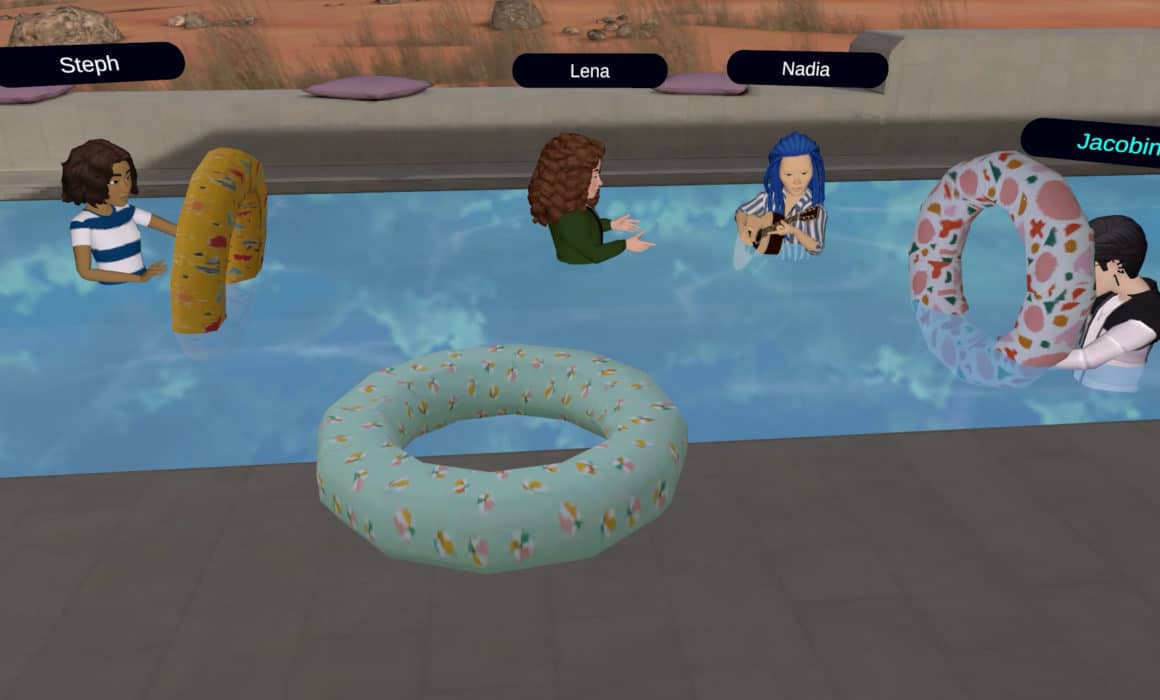
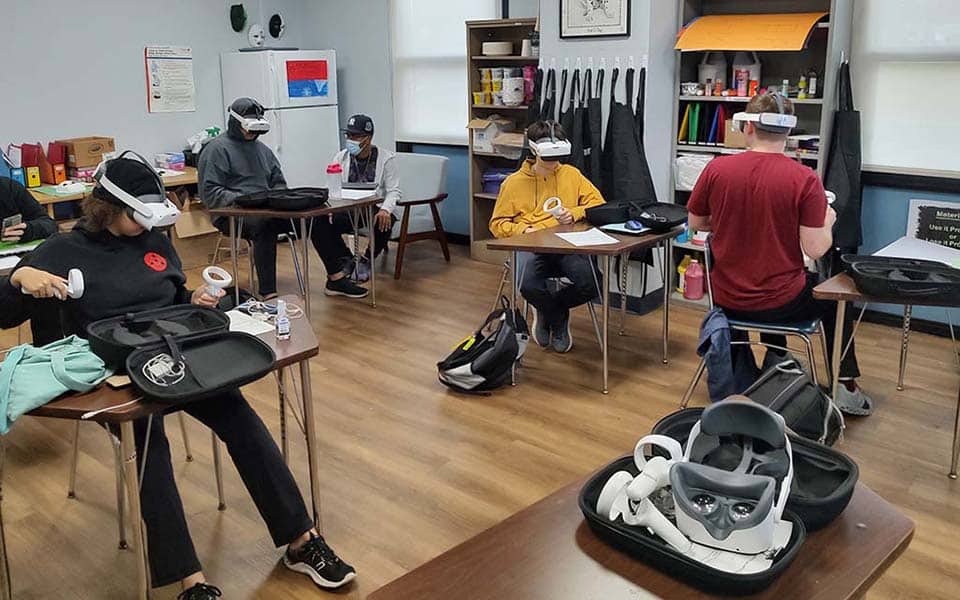
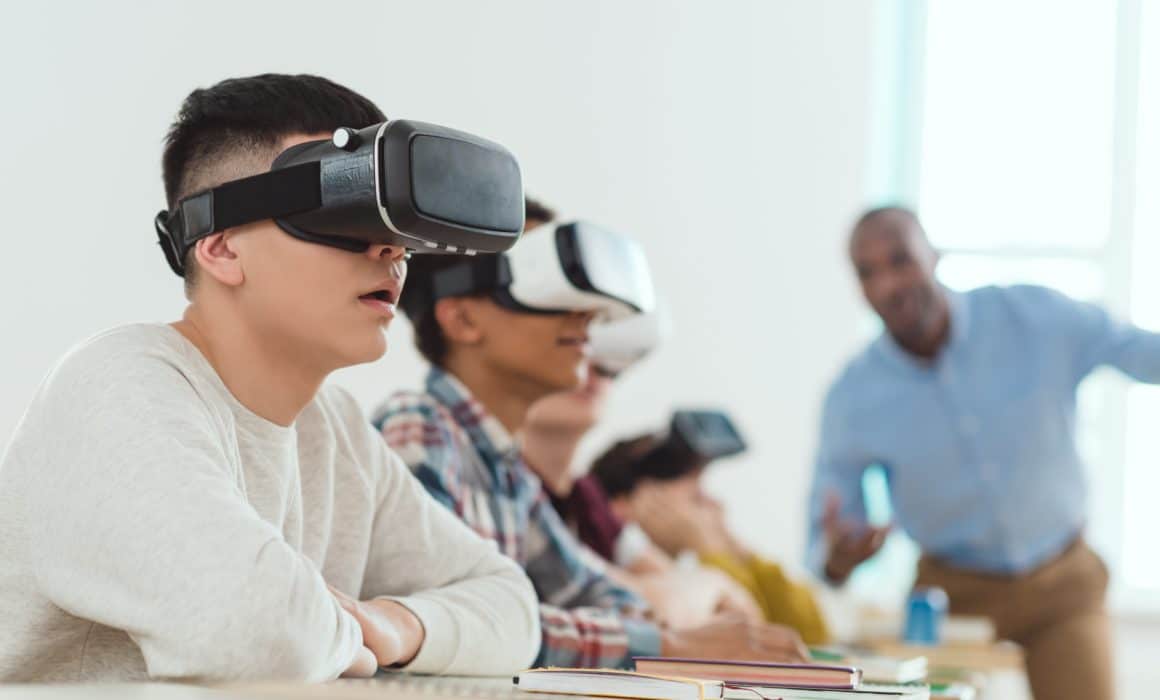
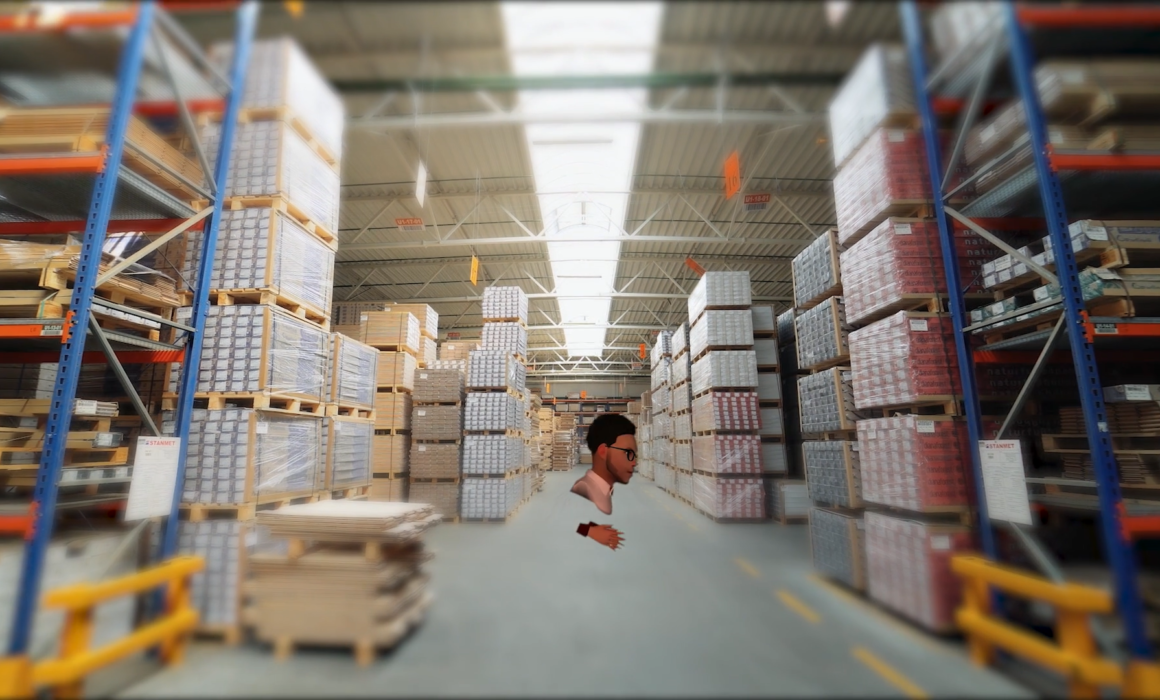
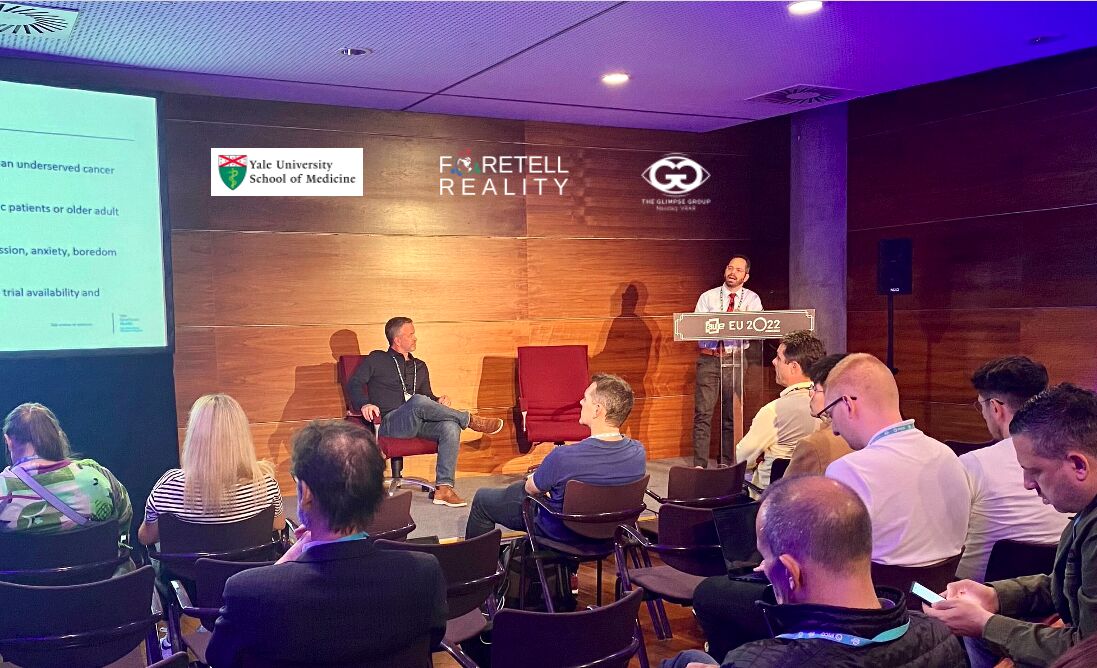
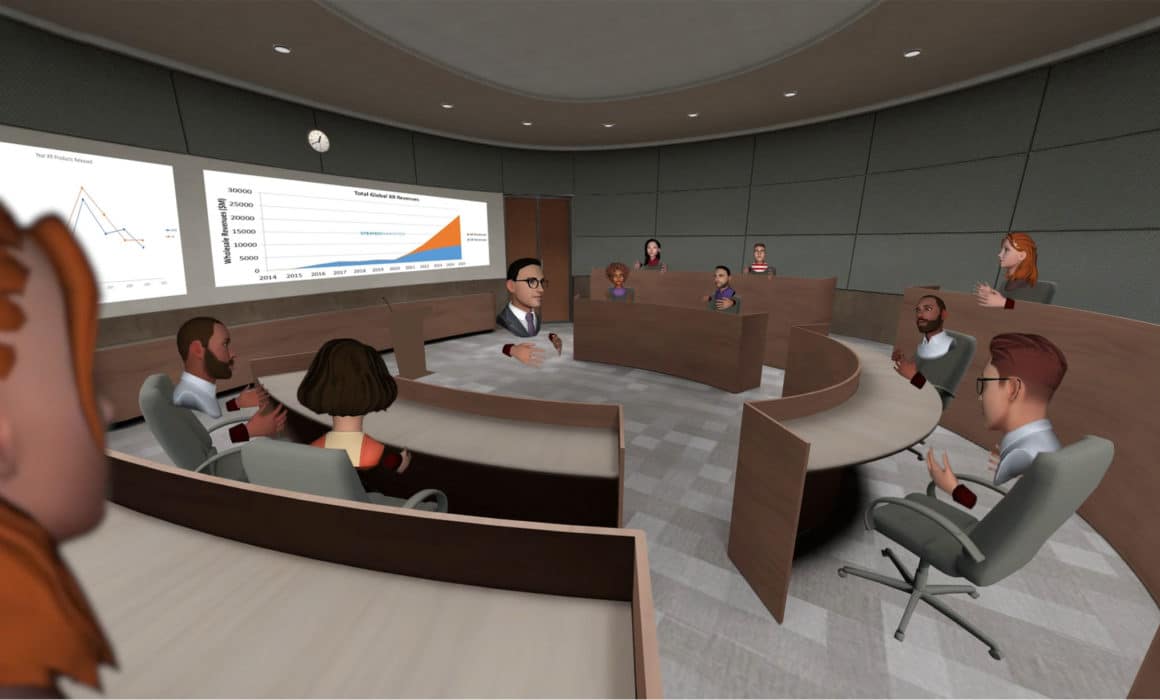
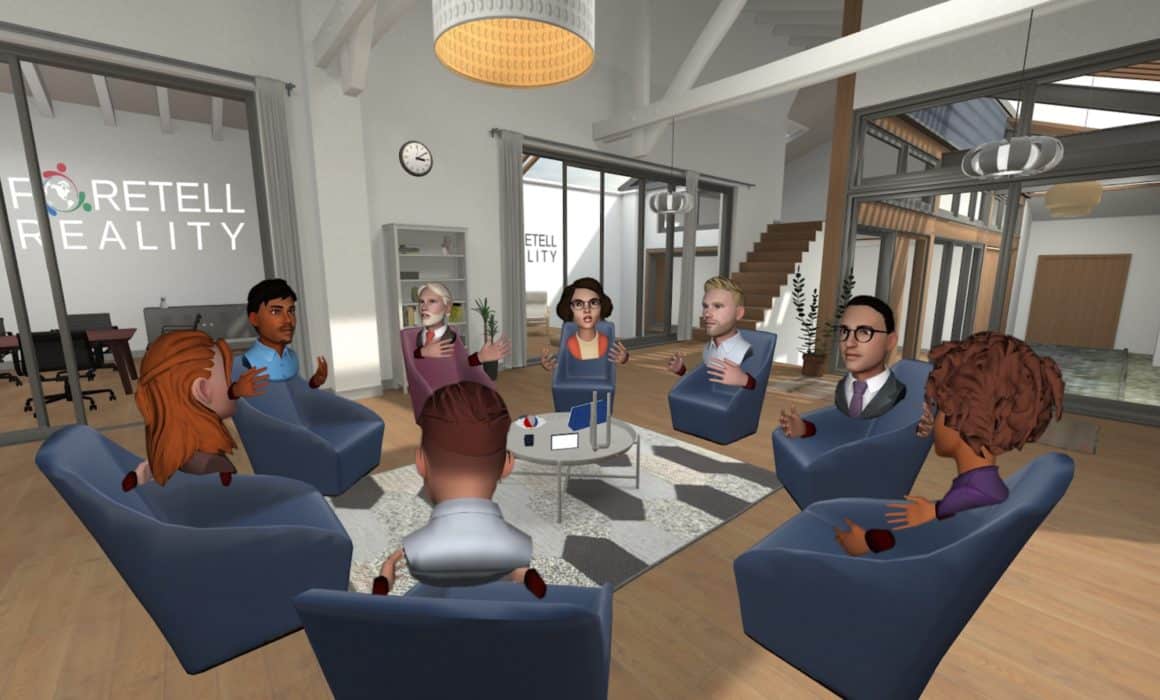
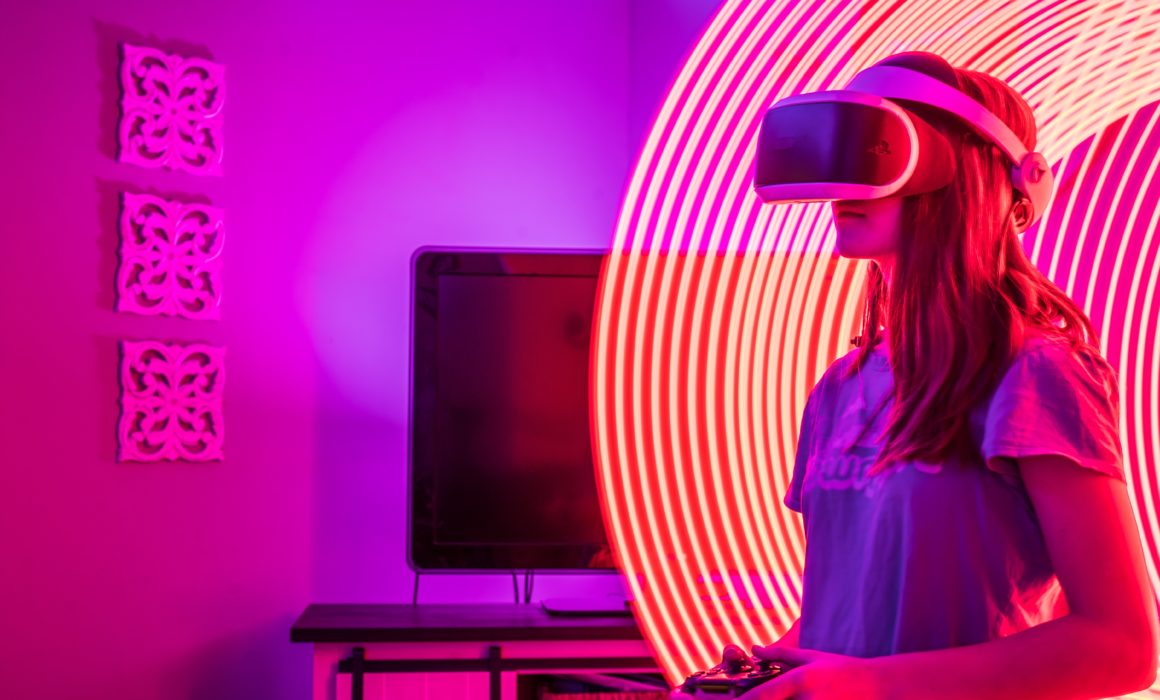






Recent Comments